In the ever-evolving world of fitness, few disciplines have demonstrated the staying power and holistic benefits of Pilates. Originally developed by Joseph Pilates in the early 20th century as "Contrology," this method has grown from a niche rehabilitation technique to a mainstream exercise phenomenon. At its heart lies core training—not just as one component among many, but as the very foundation upon which all other movements are built. The Pilates core goes far beyond the superficial "six-pack" muscles, engaging deeper layers that most traditional workouts overlook.
What sets Pilates apart is its unique approach to core engagement. Unlike crunches or sit-ups that primarily work the rectus abdominis, Pilates targets the entire "powerhouse"—a term Joseph Pilates used to describe the complex network of muscles including the transverse abdominis, pelvic floor, multifidus, and diaphragm. This integrated approach creates functional strength that translates into every movement, whether you're lifting groceries or running a marathon. The emphasis on quality over quantity means that even seasoned athletes often find themselves humbled by the precision required in a proper Pilates session.
The benefits of developing a strong Pilates core extend far beyond physical appearance. Regular practitioners report significant improvements in posture, often standing taller without conscious effort as their bodies naturally align to the new strength in their center. Back pain—the bane of modern sedentary lifestyles—frequently diminishes or disappears altogether as the core takes over the work that spinal structures were forced to handle. This preventative aspect makes Pilates particularly valuable as we age, maintaining mobility and independence when other forms of exercise become challenging.
Breath forms the bridge between mind and body in Pilates core work. The specific breathing patterns taught—lateral thoracic breathing—serve multiple purposes. Oxygen delivery improves as the diaphragm works in concert with other core muscles. The breath also acts as a metronome for movement, ensuring controlled, deliberate execution rather than rushed, momentum-driven repetitions. Many students find this focus on breath creates an almost meditative state, reducing stress while simultaneously strengthening the body. This dual mental-physical benefit has made Pilates particularly popular among high-pressure professionals seeking both fitness and stress relief.
Equipment plays a fascinating role in Pilates core development. While mat work forms the foundation, apparatus like the Reformer, Cadillac, and Wunda Chair provide resistance that challenges the core in unique ways. The spring-based resistance of these machines creates constant tension that muscles must work against in all directions, unlike traditional weight training where gravity primarily provides resistance in one plane. This three-dimensional resistance mimics real-life movements more accurately, building functional strength that protects the body during daily activities. The equipment also allows for modifications that make exercises accessible to those with injuries or limitations while still providing intense core engagement.
Modern research continues to validate what Joseph Pilates observed empirically decades ago. Studies using electromyography show significantly higher activation of deep core muscles during Pilates exercises compared to traditional abdominal workouts. Sports medicine professionals increasingly recommend Pilates as both rehabilitation and cross-training for athletes, noting its ability to correct muscle imbalances that lead to injury. Even in pregnancy and postpartum recovery, properly modified Pilates provides safe core strengthening when many other exercises are contraindicated.
The mind-body connection cultivated through Pilates core training may be its most revolutionary aspect. In an era of distracted, high-intensity workouts, Pilates demands complete presence. Each movement requires such precise muscular coordination that the mind cannot wander. This neurological engagement creates what practitioners often describe as "moving meditation"—a rare opportunity in modern life to be fully immersed in the present moment while simultaneously caring for one's physical health. The concentration required paradoxically becomes a form of mental rest from the constant chatter of daily concerns.
As fitness trends come and go with increasing speed, Pilates endures because its core principles address fundamental human movement needs that never change. In a world where most people spend hours hunched over screens, the postural awareness developed through Pilates provides an antidote to the physical costs of modern life. The emphasis on controlled, precise movements builds resilience without aggression toward the body. Perhaps most importantly, the focus on the core reminds us that true strength comes from our center—a lesson that transcends the studio and applies to how we move through all aspects of life.
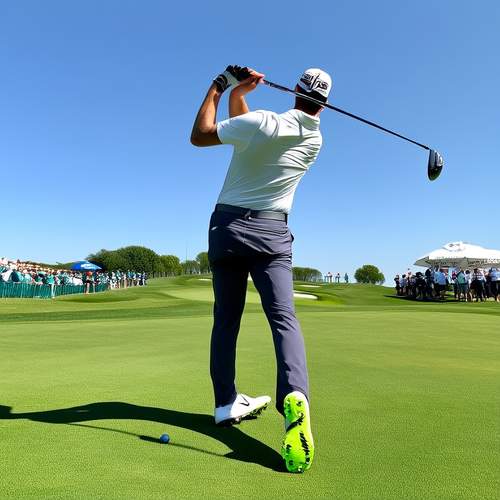
By George Bailey/May 20, 2025

By Rebecca Stewart/May 20, 2025
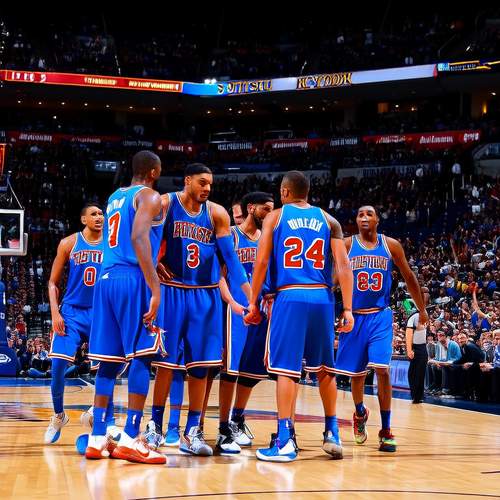
By Ryan Martin/May 20, 2025

By Amanda Phillips/May 8, 2025

By Lily Simpson/May 8, 2025
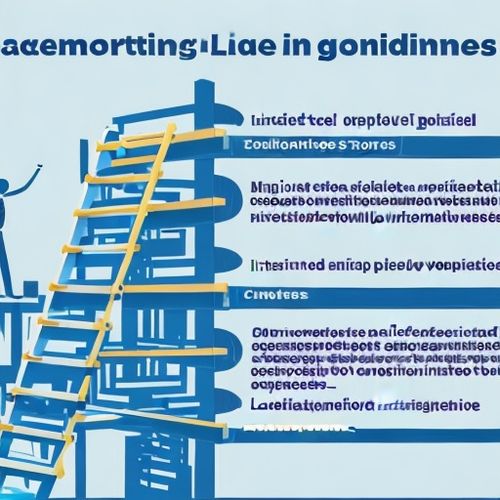
By Laura Wilson/May 8, 2025

By Sophia Lewis/May 8, 2025
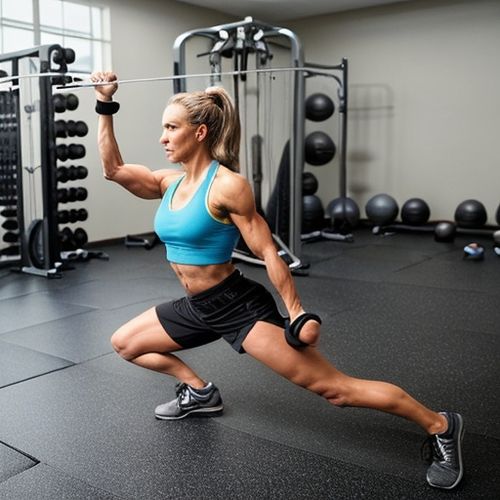
By John Smith/May 8, 2025
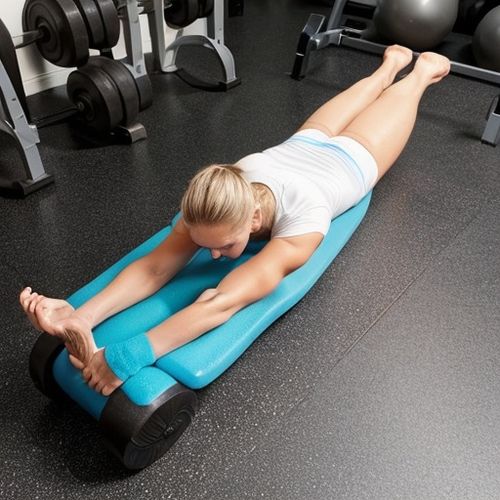
By Sophia Lewis/May 8, 2025
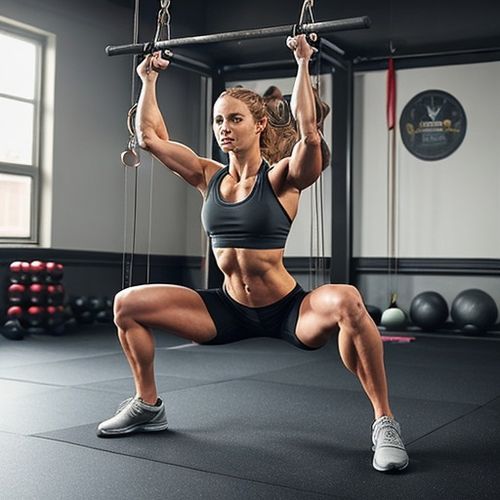
By John Smith/May 8, 2025
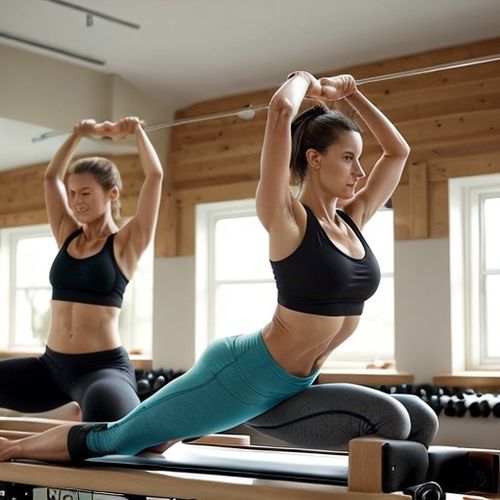
By Ryan Martin/May 8, 2025
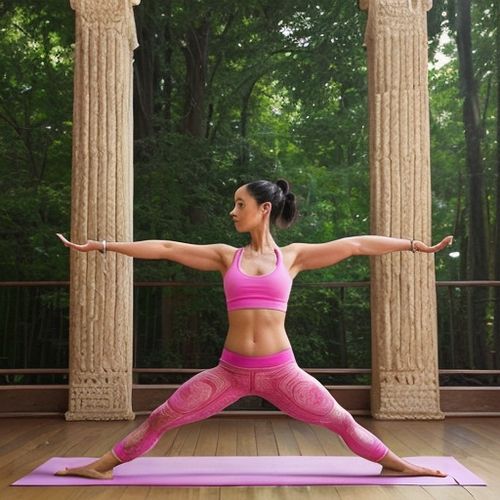
By Eric Ward/May 8, 2025
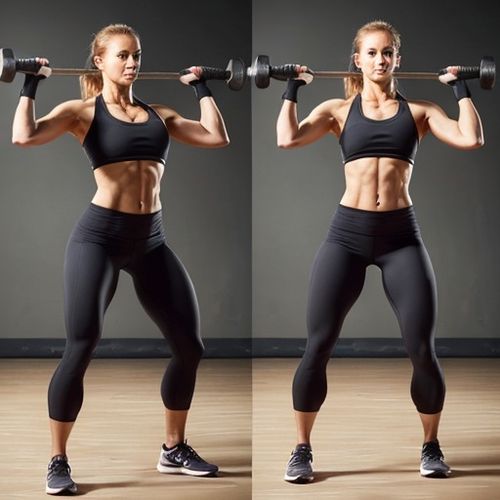
By Lily Simpson/May 8, 2025
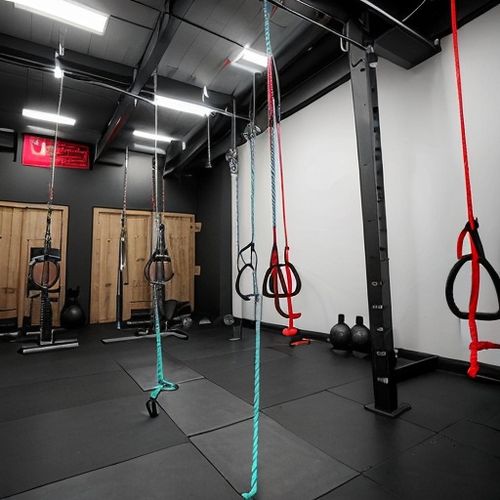
By Victoria Gonzalez/May 8, 2025
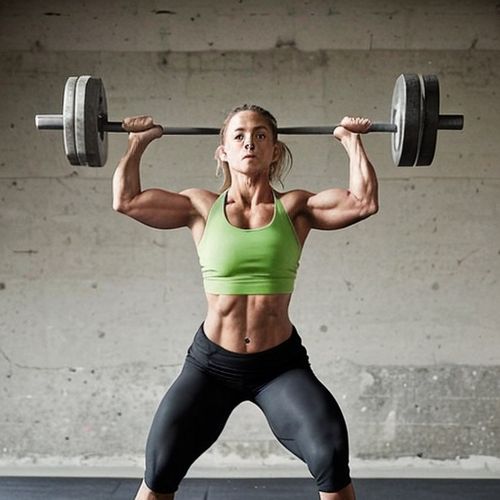
By James Moore/May 8, 2025
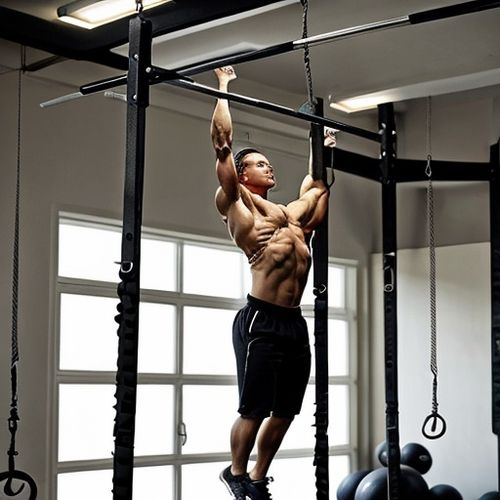
By Emily Johnson/May 8, 2025
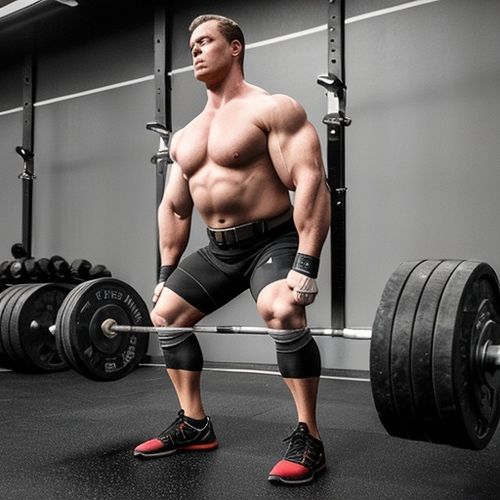
By Jessica Lee/May 8, 2025
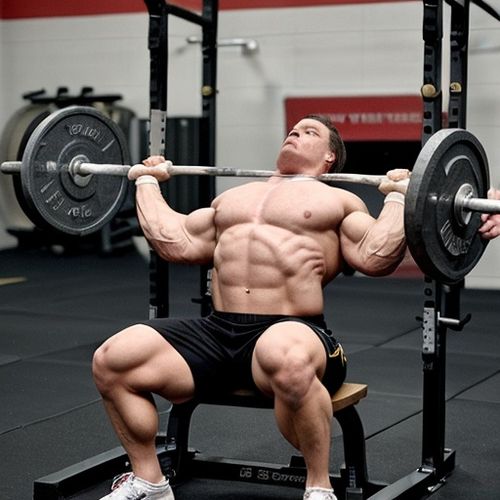
By Grace Cox/May 8, 2025
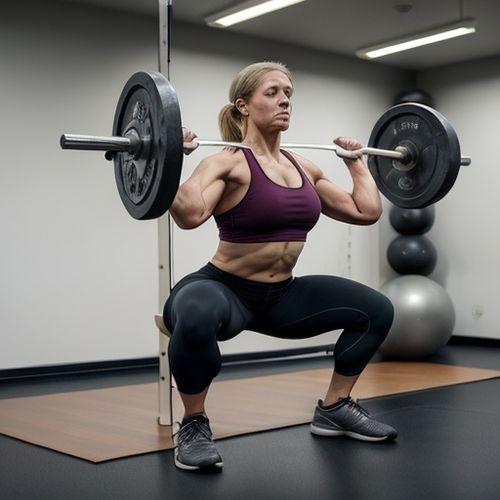
By David Anderson/May 8, 2025
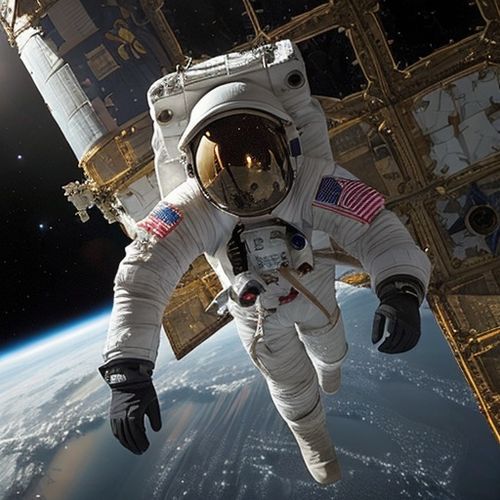
By Elizabeth Taylor/May 8, 2025